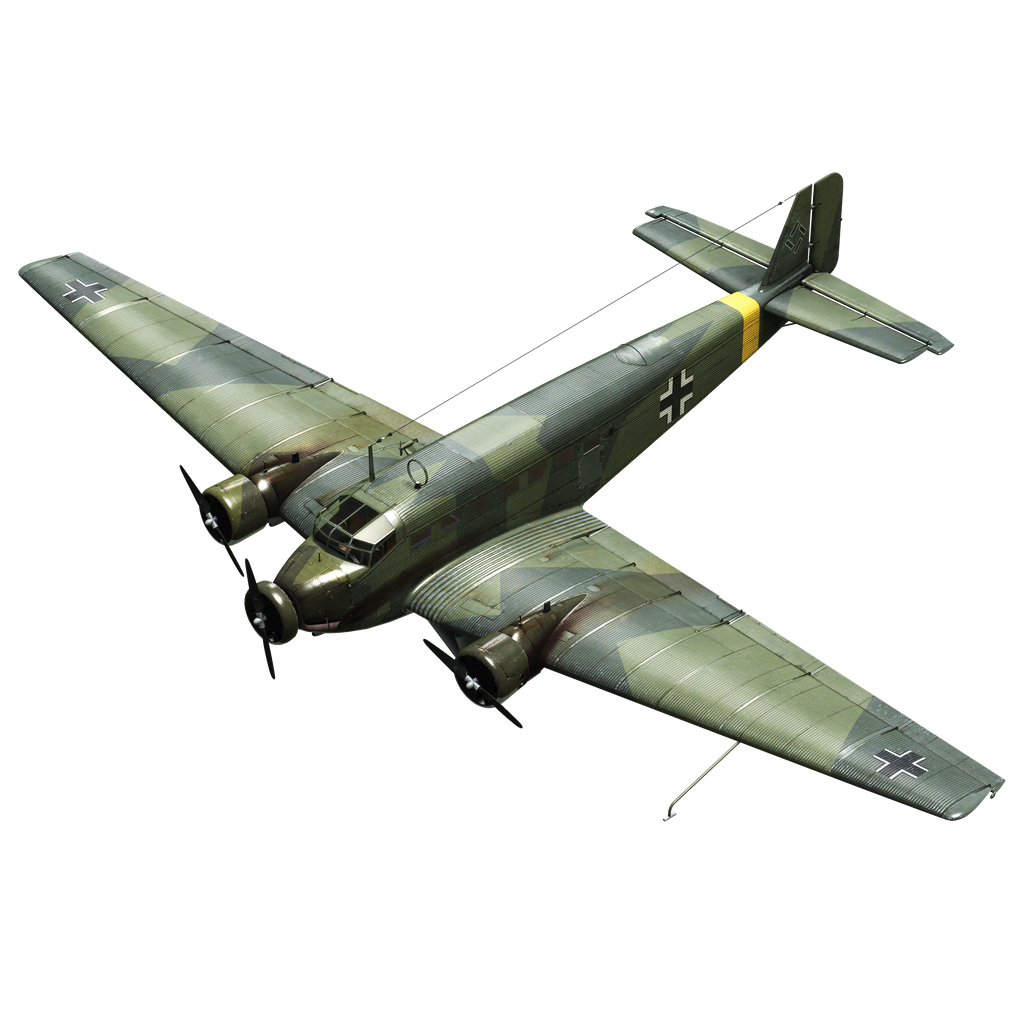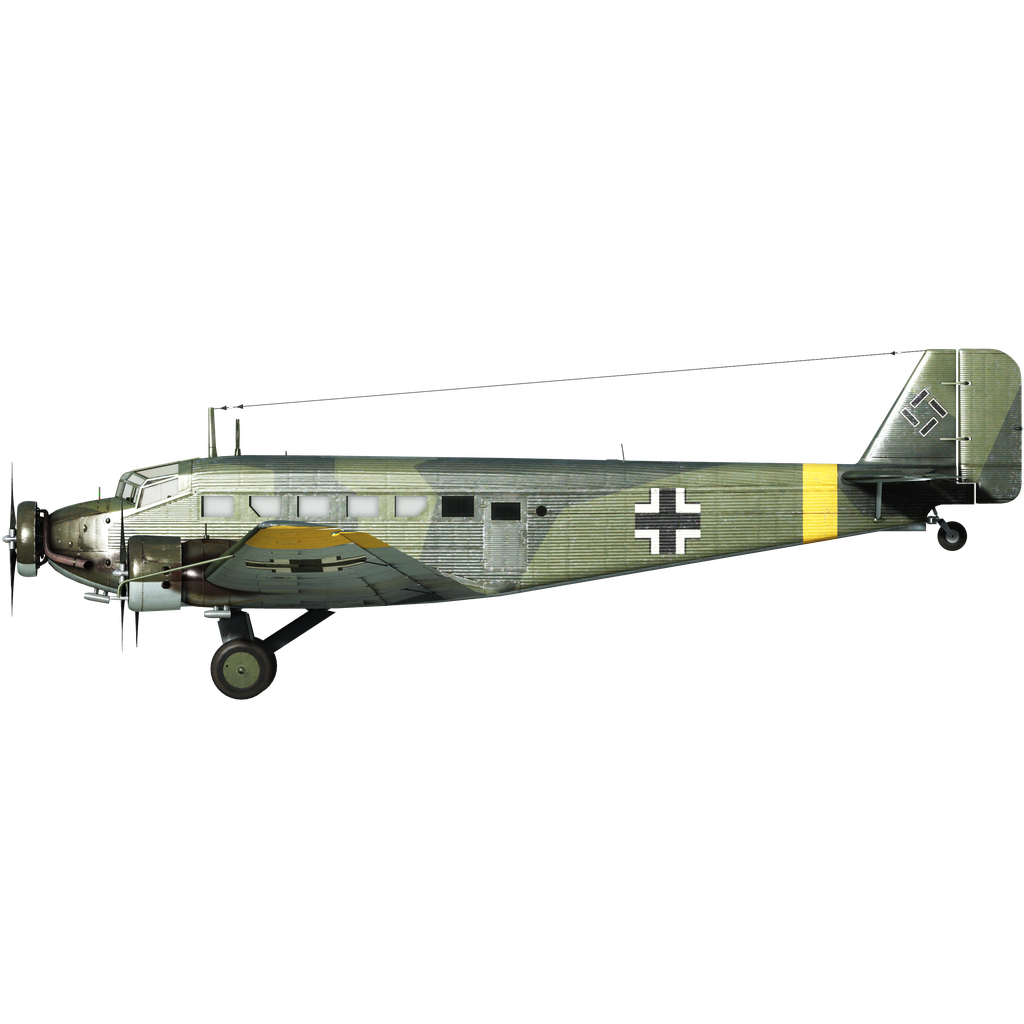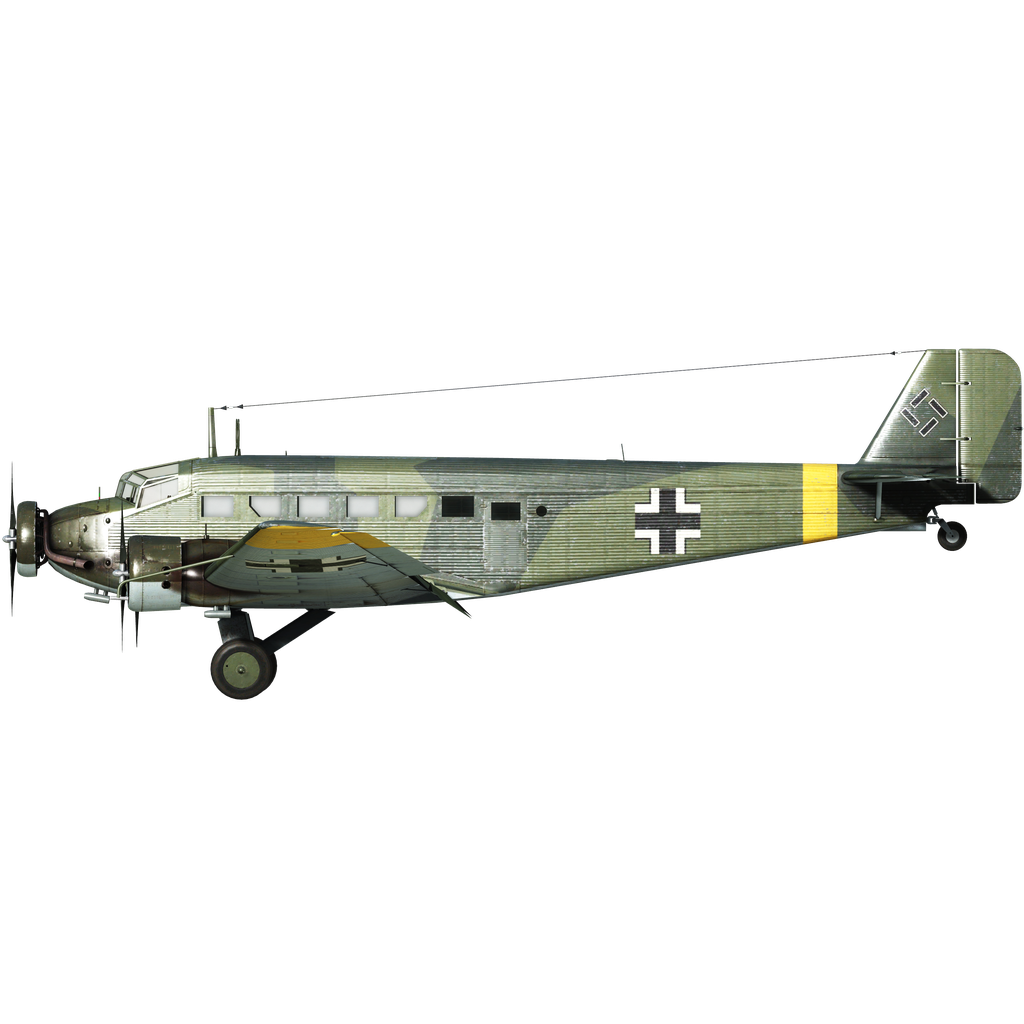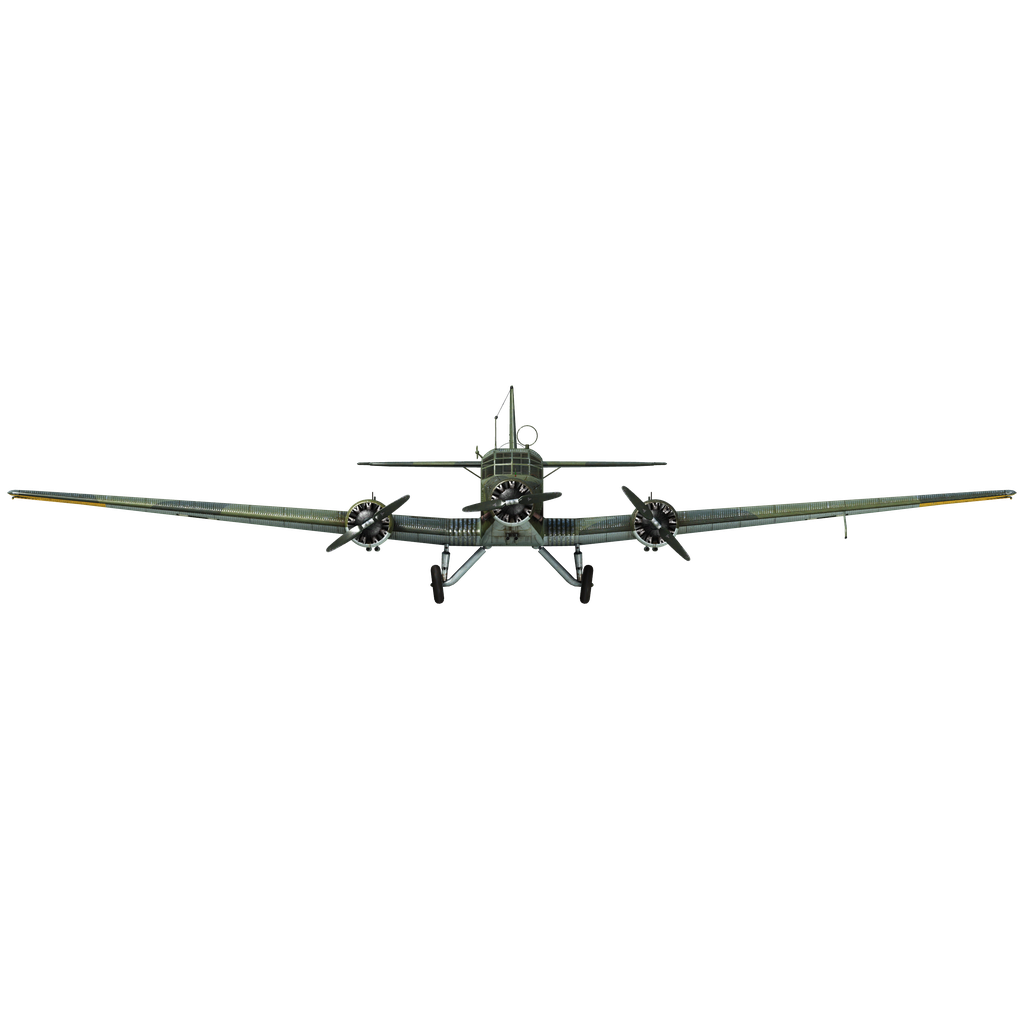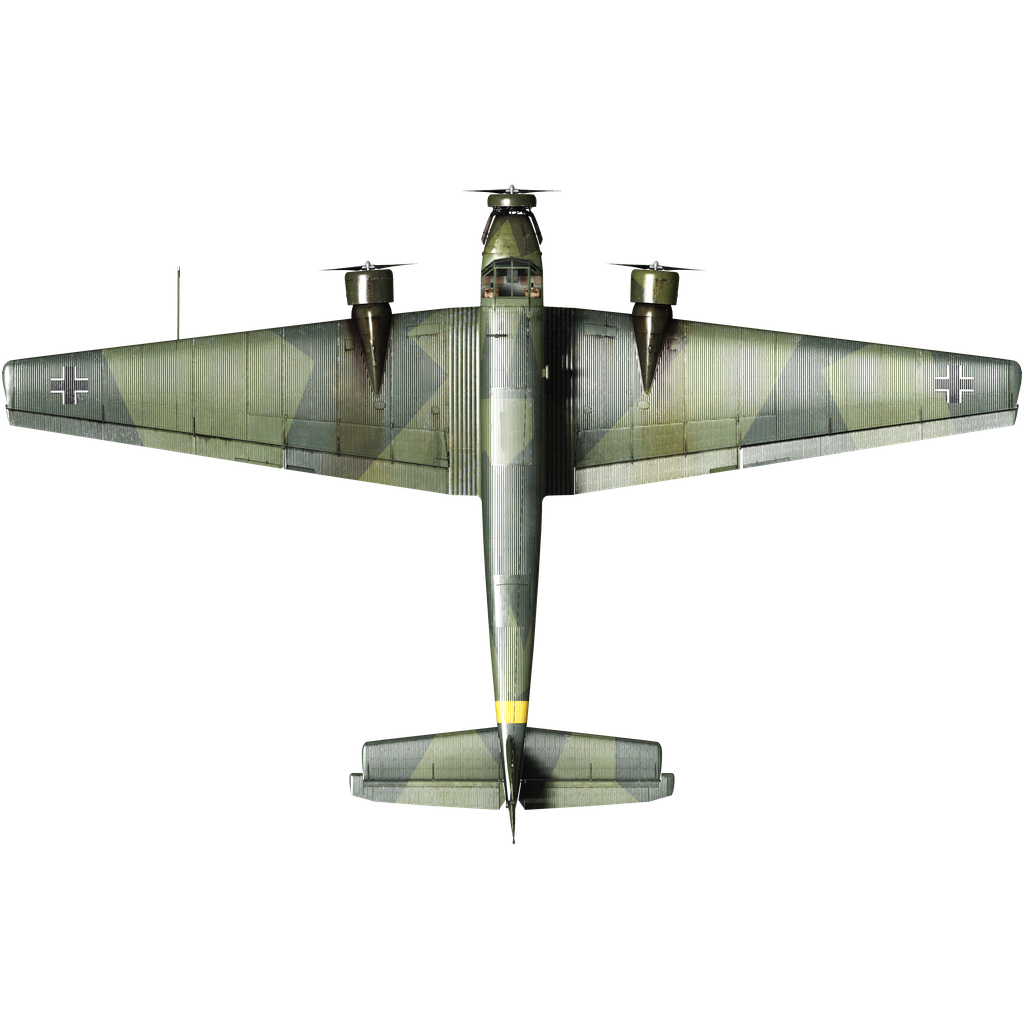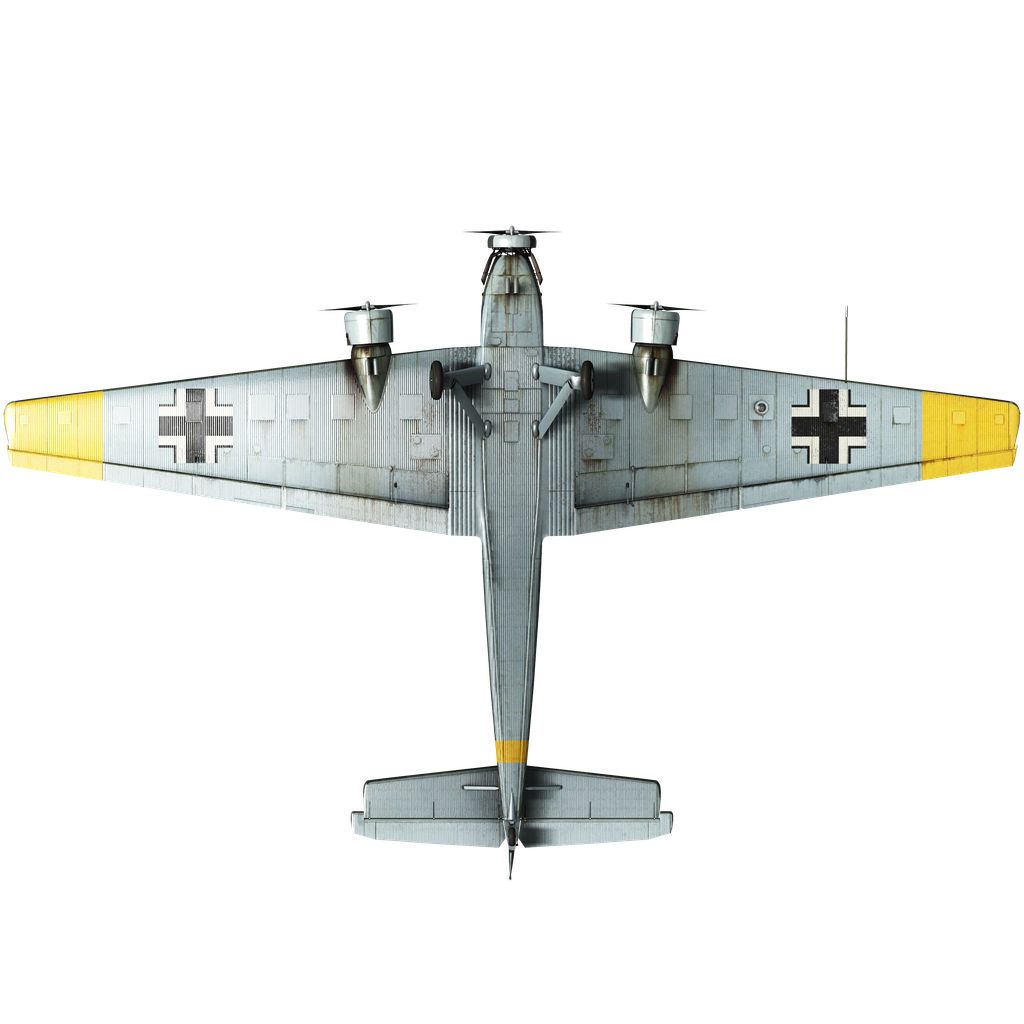Indicated stall speed in flight configuration: 105..117 km/h
Indicated stall speed in takeoff/landing configuration: 92..109 km/h
Dive speed limit: 330 km/h
Maximum load factor: 4.0 G
Stall angle of attack in flight configuration: 20 °
Stall angle of attack in landing configuration: 17.2 °
Maximum true air speed at sea level, engine mode - Climb: 260 km/h
Maximum true air speed at 3000 m, engine mode - Climb: 258 km/h
Maximum true air speed at 6000 m, engine mode - Climb: 241 km/h
Service ceiling: 6800 m
Climb rate at sea level: 6.9 m/s
Climb rate at 3000 m: 4.2 m/s
Climb rate at 6000 m: 1.4 m/s
Maximum performance turn at sea level: 24.0 s, at 165 km/h IAS.
Maximum performance turn at 3000 m: 35.4 s, at 165 km/h IAS.
Flight endurance at 3000 m: 5.3 h, at 205 km/h IAS.
Takeoff speed: 100..120 km/h
Glideslope speed: 140..155 km/h
Landing speed: 95..110 km/h
Landing angle: 11.7 °
Note 1: the data provided is for international standard atmosphere (ISA).
Note 2: flight performance ranges are given for possible aircraft mass ranges.
Note 3: maximum speeds, climb rates and turn times are given for standard aircraft mass.
Note 4: climb rates are given for Climb power, turn times are given for Take-off power.
Engine:
Model: BMW-132a
Maximum power in Take-off mode at sea level: 640 HP
Maximum power in Take-off mode at 900 m: 660 HP
Maximum power in Climb mode at sea level: 575 HP
Maximum power in Climb mode at 900 m: 590 HP
Engine modes:
Nominal (unlimited time): 1925 RPM
Climb power (up to 30 minutes): 1975 RPM
Take-off power (up to 5 minutes): 2050 RPM
Oil rated temperature in engine intake: 60 °C
Oil maximum temperature in engine intake: 80 °C
Oil rated temperature in engine output: 80 °C
Oil maximum temperature in engine output: 100 °C
Empty weight: 6305 kg
Minimum weight (no ammo, 10% fuel): 7017 kg
Standard weight: 10003 kg
Maximum takeoff weight: 11333 kg
Fuel load: 1824 kg / 2400 l
Useful load: 5028 kg
Defensive armament:
Top: 7.92mm machine gun "MG 15", 1125 rounds, 1000 rounds per minute
Length: 18.9 m
Wingspan: 29.25 m
Wing surface: 111.5 m²
Combat debut: 1936
Operation features:
- The engine has a single stage mechanical supercharger which does not require manual control.
- Engine mixture control is manual; it is necessary to lean the mixture if altitude is more than 1 km for optimal engine operation. Also, leaning the mixture allows a reduction in fuel consumption during flight.
- All three propellers are fixed pitch ones, so thrust can only be controlled by adjusting the engines throttle (from idle at 25% to maximum power at 100%). 0 - 20% throttle range is used for braking the landing gear wheels. Engine modes can be determined only by watching the engine RPM gauges.
- Radiator bypass valve and engine cowls are controlled manually.
- Pedals in the cabin are equipped with adjustable load feel mechanism to reduce the pilot's work load.
- The aircraft has a manually controlled horizontal stabilizer. It should be set to 0° before takeoff, to +2° during flight and to -1.5° for landing. Also, it may be used to trim the flight stick during the flight.
- The mechanical flaps control system can be controlled simultaneously with the horizontal stabilizer, these two systems can be linked or unlinked (by using flaps control buttons). It is important to note that it is possible to render the system inoperable so it would not be able to control either the stabilizer or the flaps by deviating from a standard control procedure described below.
- Before taking off, set the stabilizer to flight position +2°, engage the link and then move the stabilizer to take-off position 0° - flaps will be extended to 25°.
- When airborne, move the stabilizer back to flight position (flaps should also fully retract) and unlink these controls.
- Before landing, set the stabilizer to flight position +2°, engage the link and then move the stabilizer to landing position -1.5° - flaps will be fully extended to 40°.
- The aircraft tailwheel rotates freely and does not have a lock. For this reason, it is necessary to confidently and accurately operate the rudder pedals during the takeoff and landing.
- The aircraft has separate pneumatic wheel brakes. To brake left or right wheels, move their corresponding left or right engine throttle to 20% or less. Setting the central engine throttle to 20% or less will brake both wheels. Maximum braking efficiency can be achieved by moving the trottle all the way down. In the sim, you can also use the brake buttons to move left and right engine throttles to braking position.
- The aircraft is equipped with a hydraulic tailwheel parking brake system.
- The aircraft is equipped with two mechanical fuel float level gauges for left and right fuel tank groups, located on the left and right engine nacelles outside the cabin.
- The aircraft has three mechanical oil float level gauges on each of the three engine nacelles outside the cabin.
- Cargo unload doors can be opened on the ground only.
- The left passenger door must be removed before flight for dropping paratroopers or cargo containers. Use the bomb drop button ("B" by default) to drop them.
Basic data and recommended positions of the aircraft controls:
1. Starting the engine:
- recommended position of the mixture control lever: 100%
- recommended position of the cowl flap control handle: close
- recommended position of the radiator control handle: close
- recommended position of the prop pitch control handle: fixed pitch
- recommended position of the throttle lever: 35%
- before taxiing, the parking brake must be released
2. Recommended mixture control lever positions for various flight modes:
- When running the engine at low throttle near the ground, the mixture control lever should be in the position of about 75%.
- When the engine is running at full throttle near the ground, the mixture control lever should be in the 80-90% position.
- As you gain altitude, the altitude corrector closes.
3. Recommended positions of cowl flaps for various flight modes:
- takeoff: open
- cruise flight: open 50%
- combat: open 50%
3. Recommended positions of the radiator control handle for various flight modes:
- takeoff: open
- cruise flight: open 50%
- combat: open 50%
4. Approximate fuel consumption at 2000 m altitude:
- Cruise engine mode: 7.1 l/min
- Combat engine mode: 10.6 l/min
